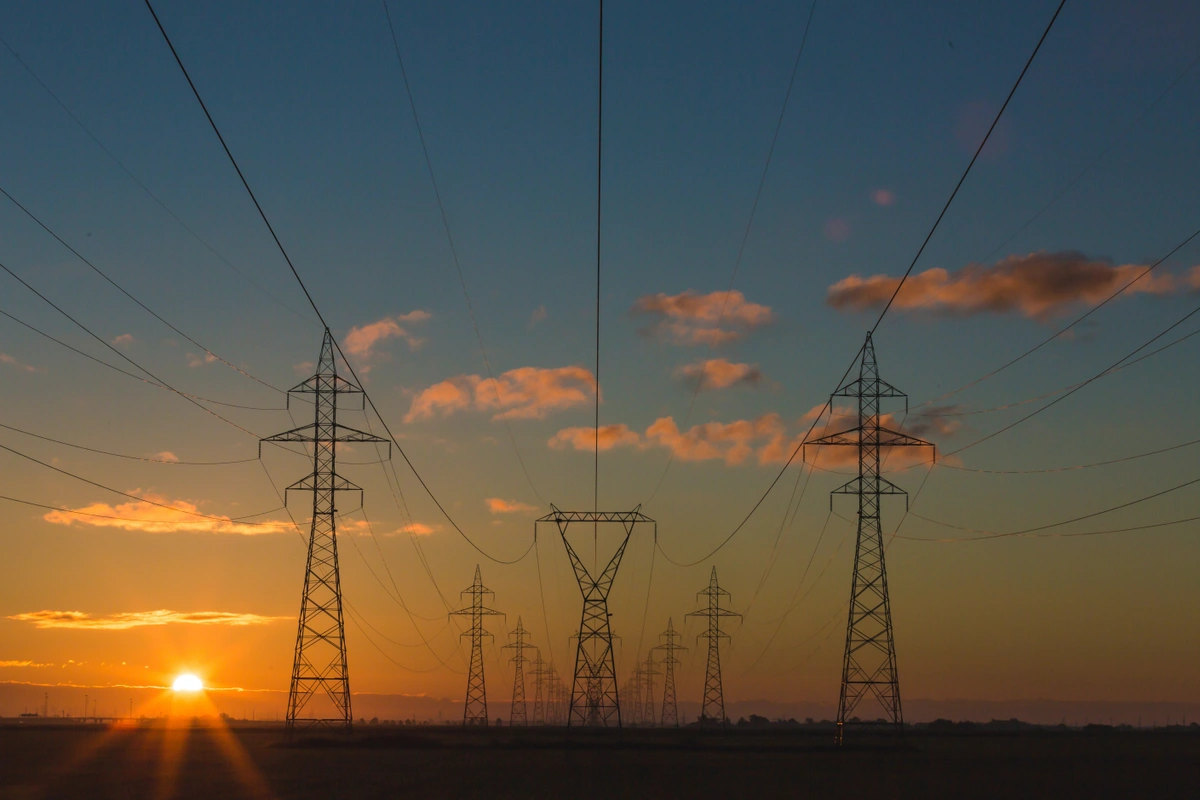How to predict commodities revenue based on historical data and identify a company’s tax position?
 Energy company
Energy companyProblem
Energy Co. recent acquisition of Techno Co., poses a challenge from a tax perspective. Techno co. business is quite different from Energy Co. as Techno Co. has a large commodities trading operation. This has a large impact on Energy Co. tax position, since Techno Co. primarily trades commodities with four different commodity segments. Thus Energy Co. seeks to estimate the trend in Techno Co.’s tax position based on its historical trading and income pattern.
Our Approach
SprintlyWorks conducted a four-phase project encompassing:
- Consolidation of key market data of four commodities.
- Model creation and interviews
- Close cooperation with client for a suitable outcome
- Project acceptance
Key Research Questions
Q1. What is the impact on Energy Co’s tax position based on Techno Co trading income?
Q2. How does Techno Co. trading position in markets differ based on the commodity price?
Q3. What is the rational way of estimating profits based on the tax purposes and IFRS rules?
Methodology
SCG conducted four-phase project, in which
Phase 1: Consolidation of key market data of four commodities
To identify the key markets of four commodities, the team collected publicly available commodity prices in each market.
Processed and filtered the data and visualised the commodity prices basis Techno Co.s global commodities revenue. Prepared the initial structure of regression and correlation model basis commodity prices and Techno Co. financials.
Phase 2: Model creation and interviews
Based on the background research and collected data in phase 1, the team collected Techno Co’s income and tax data for the last 5 years from 2016 to 2020.
Identified returns from the markets per commodity and taxes paid on income. 18 varying regression models were created on the basis of operating income, EBIT, Global commodities revenue and so on to select the best performing model.
Desk research on IFRS and tax positions of tax law.
Phase 3: Close cooperation with client for a suitable outcome
The team conducted a workshop with the Energy Co’s team to discuss and present the outcome of the model.
Four regression models were selected for further refining; Operating income and operating expenses, Global commodities revenue and cost of raw materials.
Excel macro was created for further stabilising the use of the model.
Phase 4: Project acceptance
Provided conclusion how commodity prices affect Techno Co’s trading income and thus Energy Co’s tax position as the primary owner
Offered further clarification on the usability of the model.
Results
The team identified the key markets for each commodity together with specified core commodities the company trades with and analysed Techno Co. income from them. Based on this analysis the team created a regression model- basis financial modelling and recommended future tax positions to Energy Co. Model predicts step by step first the expected revenues, then further income and loss by taking into account both unadjusted and adjusted financial results and taxes. Energy Co. is now able to forecast the revenues and income of Techno Co. on the basis of commodity prices and can further deep dive into its tax position.
